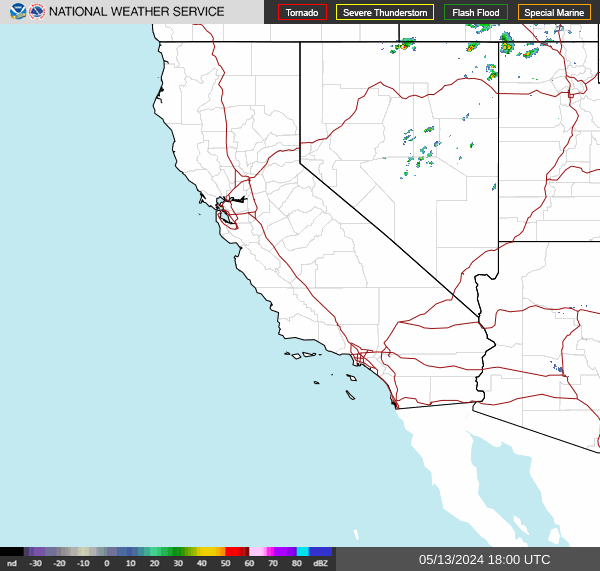What’s Happening?

Doppler radar this Sunday evening’s lighting up, as widespread rainfall is charging toward the Bay Area. It’s part of a strong atmospheric river (AR) event, the second AR that’s impacted northern California in the last 4 days. Just like the last event, Flood Watches and High Wind Warnings are active region-wide.
Why is this being classified as a “strong” AR?

The Center for Western Weather and Water Extremes classifies AR’s using a matrix, which assigns an event on an AR1-AR5 scale. This scale depends on two things: how much moisture will move into a region, and how long high moisture will last. For this event, high moisture values will stick around for roughly 12-18 hours Monday, classifying this as a strong AR2 event.
When will we get a break in the rain?

There’s a couple rounds of rain I’m concerned about, all of which is highlighted in the HRRR model above. The first round arrives for your Monday morning commute. Heavy rainfall will be accompanied by strong, possibly damaging winds. These conditions will yield urban and river flooding, along with downed trees. I do think that the winds will decrease pretty quickly after the Monday morning rush, with widespread rain becoming more scattered after lunchtime.
Showers, and even some thunderstorms, will redevelop late Monday night, roaring onshore early Tuesday morning and continuing on and off through much of Tuesday. Wednesday and Thursday look relatively drier (read: a few showers still around), followed by more rain for next weekend.
All that’s to say: we’re stuck in a soggy weather pattern for the next week. Stay safe, folks.

























